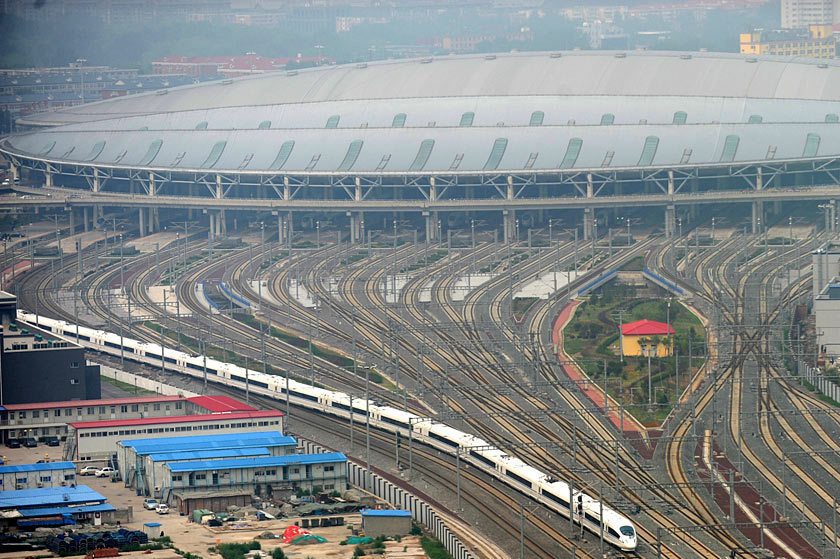According to a bond prospectus released by a shareholder on Monday, the Beijing-Shanghai high-speed railway line earned a net profit of 6.6 billion yuan ($982 million) last year, making it the “most profitable high-speed rail line in the world”.
In 2015, the Beijing-Shanghai High-Speed Railway accommodated 130 million passengers, earning about 50 yuan in profit per ticket.
The Beijing-Shanghai High-Speed Railway has never publicly disclosed its earnings. In the past, the company would only say that it was the only profitable high-speed rail in China over the past five years.
But with none of China’s other high-speed railway lines earning any money, “profitable” is a relative term.
A first quarter audit report showed that China’s Railway Corp (CRC) is 4.1 trillion yuan in debt (around $637 billion). Despite the success of the Beijing-Shanghai line, the entire railway system is operating at a loss, amounting to a net loss of 8.7 billion yuan (around $1.3 billion) in the first quarter.
Not to be deterred, CRC has expanded service to the profitable Beijing-Shanghai rail corridor by offering “red-eye” service in May. CRC also announced this past January that they will be spending upwards of 800 billion yuan on infrastructure upgrades this year.
As popular and convenient as train travel has become in China, it is competing with a growing domestic aviation industry. To accommodate more air travel due to limited flight paths and airspace restrictions, China will spend 77 billion yuan ($11.7 billion) to build 66 new airports and implement infrastructure upgrades over the next five years.

